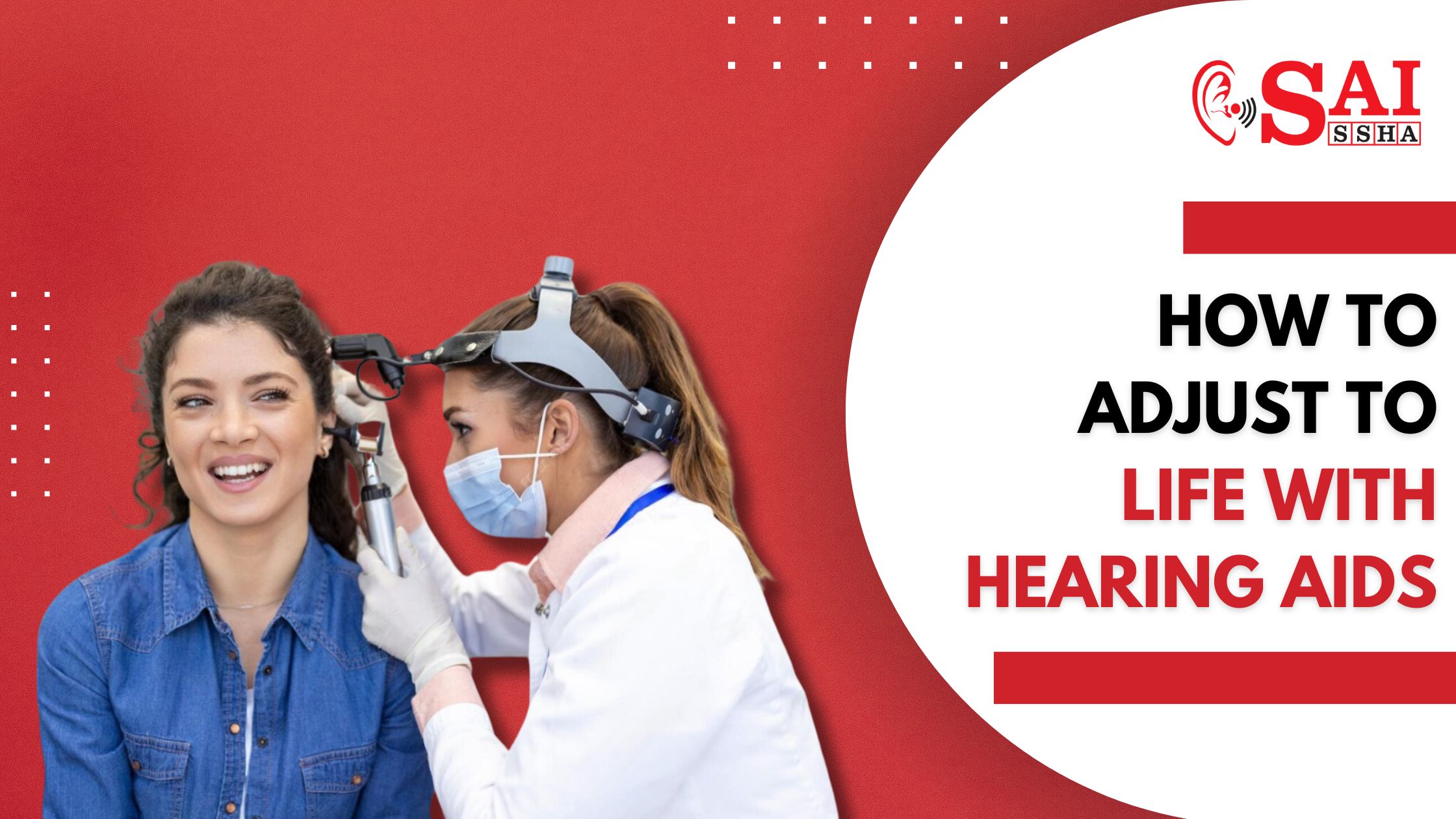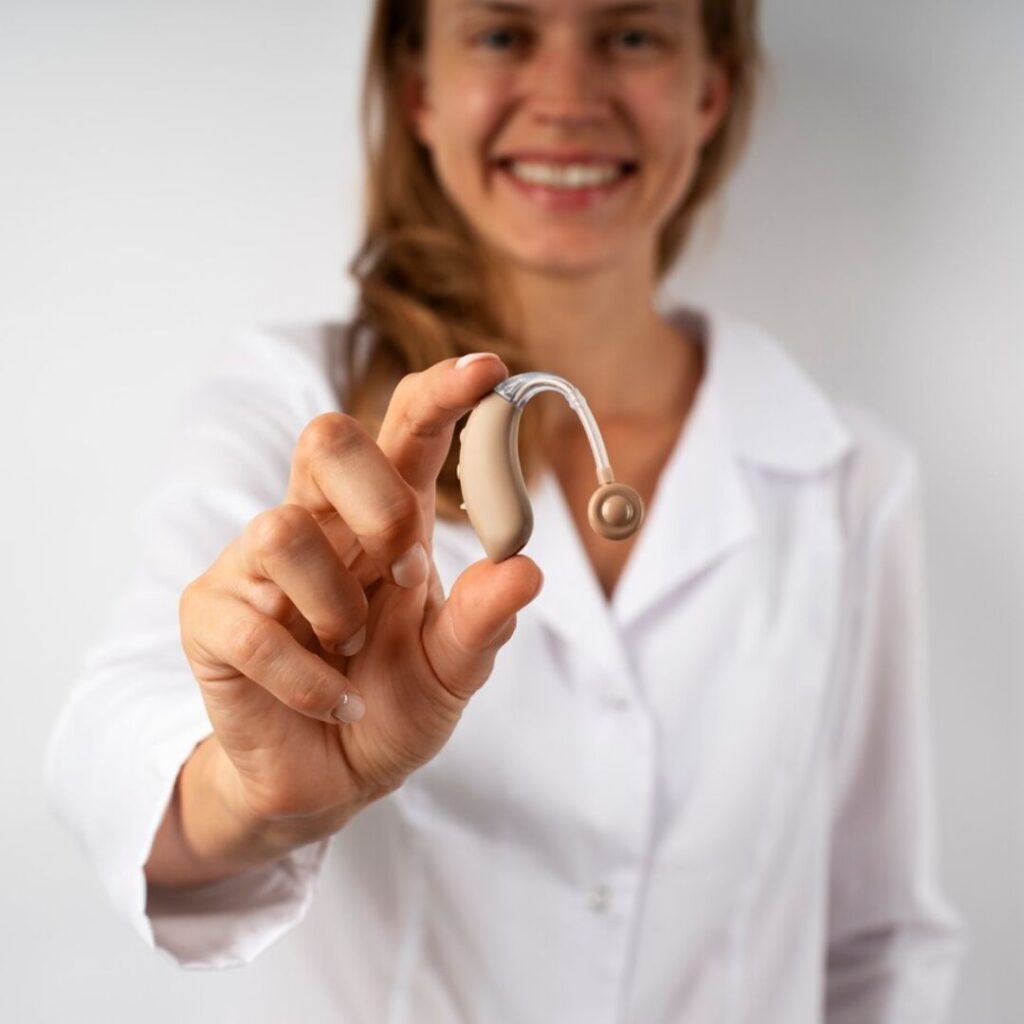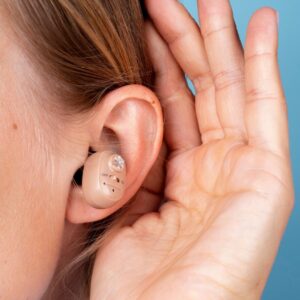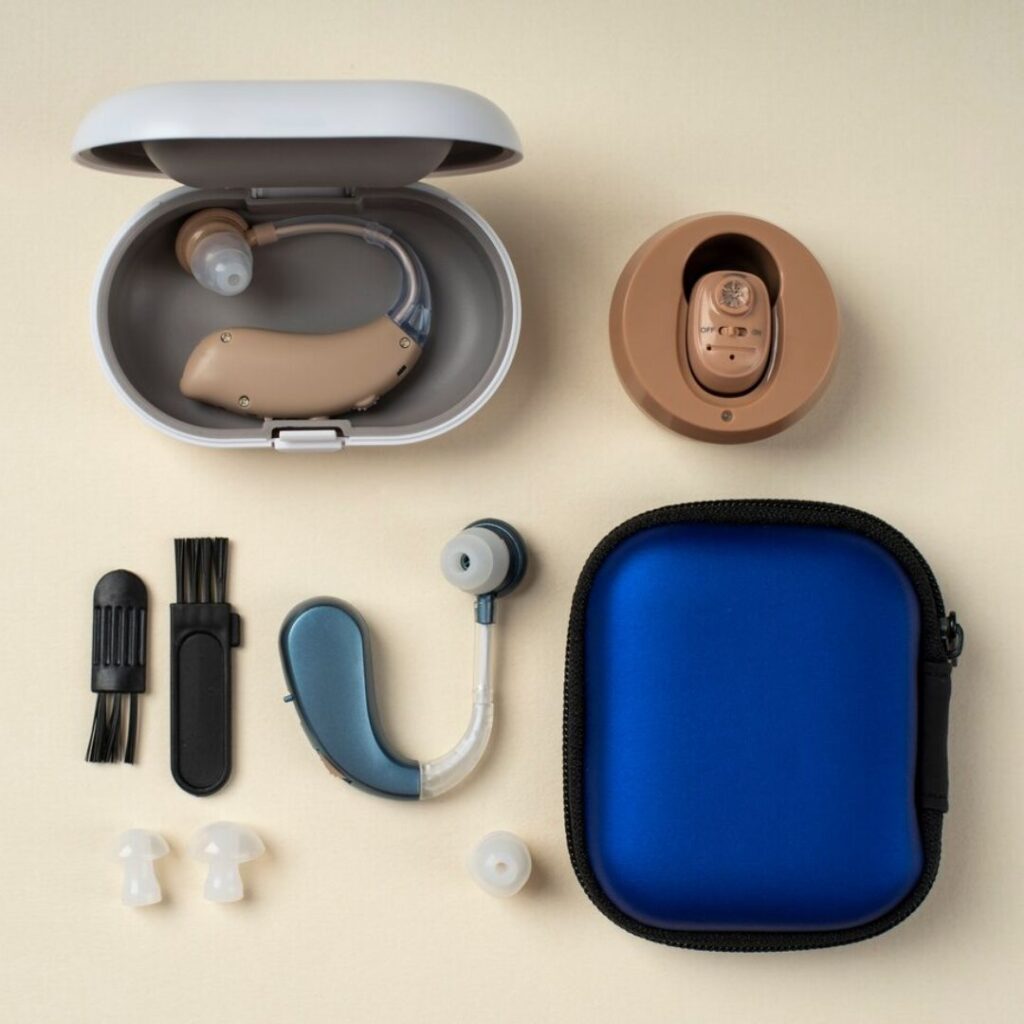

Introduction
Living with hearing aids can be a life-changing experience that enhances your quality of life by allowing you to enjoy a wider range of sounds. However, as you get used to the new noises and feelings, the adjustment may also present some difficulties. This book will give you useful advice and insights to make this journey go more easily.

Understanding the Adjustment Period
When using hearing aids, the adjustment phase is an important time for your ears and brain to get used to new auditory inputs. At first, you can hear a variety of sounds that seem overpowering or strange, such as commonplace sounds that you haven’t heard clearly in a long time. Your brain needs this time to effectively retrain itself to process these noises. As your ears adjust to the devices, it’s normal to experience some physical discomfort; however, this usually goes away as you become acclimated to wearing them. Furthermore, it might be essential to schedule fine-tuning sessions with your audiologist to customise the settings on your hearing aids to meet your unique requirements.
Initial Adaptation
When you first start wearing hearing aids, it might take some time for your brain to adjust to processing noises that may have been muted or nonexistent for a while. A variety of sounds, including background noises, the hum of electrical appliances, and even the sound of your own voice, may seem overwhelming or unusual during this time. It takes time for your brain to adjust to this sensory overload as it reacquaints itself with the difference between ambient and significant sounds. Throughout this phase, patience is essential since regular use of the hearing aids and progressive exposure to various listening settings can facilitate the transition and enhance your auditory perception.

Tips for a Smooth Transition
Although switching to hearing aids can be a big adjustment, there are strategies to help the process go more smoothly. Wear your hearing aids for shorter periods of time each day at first, preferably in calm, comfortable environments. This methodical strategy facilitates your brain’s comfortable adaptation to novel noises. Active listening might be difficult at times, so practise detecting and removing distracting background noise. Ask your loved ones to speak more clearly and to turn down the background noise when you are having a conversation, and be open and honest about your new hearing aids. It’s also critical to keep expectations in check and recognise that while hearing aids can improve hearing, they might not completely restore it.

The Benefits of Persistence
To completely benefit from hearing aids and successfully adjust to them, persistence is essential. Even though there may be difficulties during the first phase of adaptation, like discomfort or trouble differentiating sounds, regular use helps your brain adjust to the new auditory input. Regular use of your hearing aids https://saissha.in/https://saissha.in/ become more adept at identifying and understanding different sounds, which facilitates and enhances daily interactions. Persistence pays off over time by improving your listening abilities as well as your social confidence and re-establishing your connection to the outside world. In the end, this quality of life by allowing you to hear sounds that you might have been oblivious to.
Conclusion
It takes time and perseverance to get used to living with hearing aids, but the benefits are well worth the effort. You may make this transition a rewarding and enlightening experience by learning about your hearing aids, engaging in active listening, and keeping lines of communication open with your audiologist and loved ones. Recall that each little step you take will bring you one step closer to having a deeper, more complete aural experience.